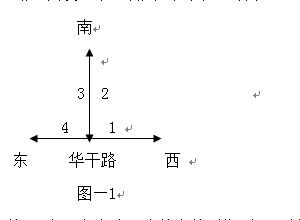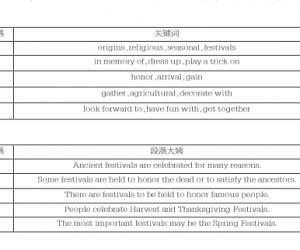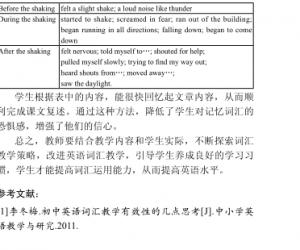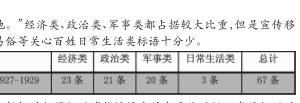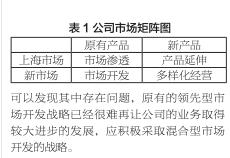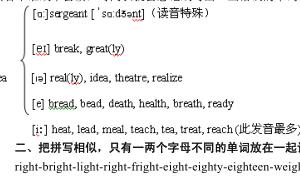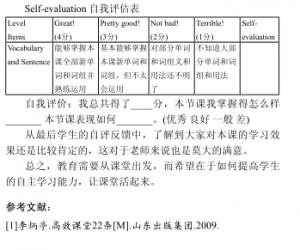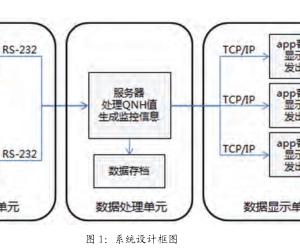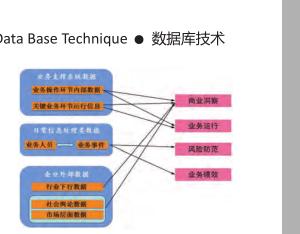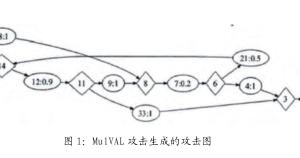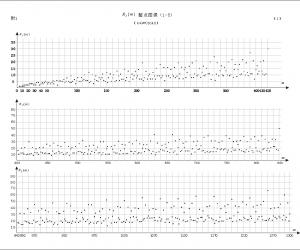Secularization of Religion in In the Beauty of the Lilie
【Abstract】With the change of social structure, especially the appearance of consumer society, the Protestant ethics and religious spirit of industriousness and continence gradually disintegrates. The collapse of the institutional religion and the transformation of conventional Christian belief is a chronic disease of American society and is also the basic reason which creates predicament for the souls of ordinary Americans. The characters in Updike’s novel Lilies attempt to seek one sort of balance between the sacred world and the secular life. 【Key words】secularization; religion; sincerity of faith Before the middle of the 19th century, the appearance of consumer society, this system of distinctive culture and characteristics disintegrates. In different ways many classical social thinkers of the late 19th and early 20th century all thought that religion would either disappear or become progressively attenuated with the expansion of modern institutions, resulting in a “secularization thesis” aptly captured in the title of Freud's famous The Future of an Illusion. Previously accepted symbols, doctrines, and institutions lose their prestige and influence. Organizational forms and doctrinal content are becoming ever more secondary in terms of the ways that religion is experienced and practiced. Updike suggests that religion has simply become transformed —Americanized. As is disclosed by the story of Essie that there is no fierce rivalry between religion and film yet they are linked closely in one person. As is described in the novel, “she had trouble understanding how people could doubt God’s existence. He was so clear there, next to her, interwoven with her, a palpable pressure, as vital as the sensations in the skin, as dependable as her re?ection in the mirror.” (354). From her infancy time, Essie has been repeating one action when she is lying alone peacefully in bed and watching the ceiling. That is moving her eyes from one corner of the room ceiling to the other, and then oppositely, making an X. This is merely some little transcendental feeling still existing in Essie. However, what is worth noticing is that even if she draws a cross, the cross is not identical with the “+” representing Christianity and seems like a twisted “+”. Or it can be said that X has replaced “+”, which symbolizes the traditional God has been distorted or even replaced. The God Essie believes in is completely differentiated from that benevolent God of traditional Christianity which her grandfather aspires to. Contemporary American critic David Galloway once talked about religion in Updike’s novels, “his characters often declare the existence of the sacred God,but their belief is not continuous, limited by circumstances and capricious; in any situation, their belief cannot equate to the concept of God in western tradition.”(Galloway, 1974: 37) Essie is certainly irreverent; she simply demands. The conception of Essie is the representative of tendency of American society’s prevailing ideology. The collapse of the institutional religion and the transformation of conventional Christian belief is a chronic disease of American society and is also the basic reason which creates predicament for the souls of ordinary Americans. Since the generation of Essie, the religion has already become secularized. The movie is the substitute for the traditional religion and represents the secularized pattern of religion. On one hand, as a Christian, he is unwilling to see the decline of traditional religion in the modern society; on the other hand, he has to acknowledge the traditional religion must accommodate itself to the new situation for further development. Thus, the characters in his novels such as Harry and Eccels in Rabbit, Run, and Essie in Lilies all attempt to seek one sort of balance between the sacred world and the secular life, to demonstrate the intangible sacred in the material world and to combine them closely. The purpose is to alleviate the conflict between spiritual belief and material enjoyments. Encountering the trend of decline and secularization of religion, Updike shows his concerns and anxiety. He blames and criticizes the so-called God, as the one whom Essie worships. The religion combining God and the secular world cannot have the transcendental strength which provides guidance and mental support for American people as the conventional religion does. What he appeals for is sincere faith and belief in God.
References: [ 1 ] B e l l i s , J a c k D e . T h e J o h n U p d i k e Encyclopedia,Westport:Greenwood Press,2000. [2]Bloom,Harold.ed.Modern Critical Views:John Updike,Chelsea:Chelsea House Publishers,1987. [3]Detweiler,Robert.John Updike,New York:Twayne Publishers,1984. [4]Updike,John.In the Beauty of the Lilies,New York:Fawcett Books,1997. [5]端木义万.美国传媒文化[M].北京大学出版社,2001. [6]傅洁琳.解读厄普代克小说《圣洁百合》的精神意蕴[J].南 宁:广西社会科学,2005(3). [7]袁凤珠.宗教﹢好莱坞=?[J].北京:外国文学,2001(1). [8][美]约翰?厄普代克.袁凤珠译.圣洁百合[M].郑州:河南人民 出版社,1999.





